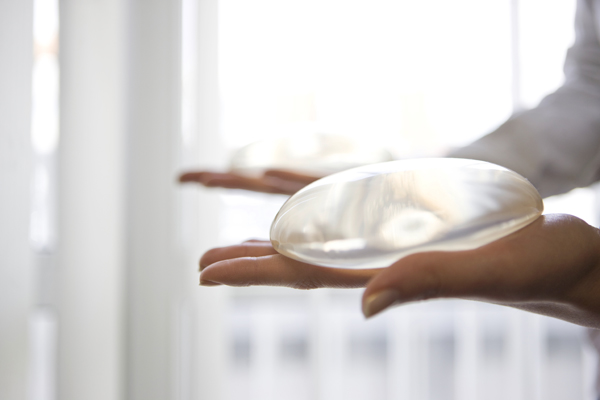After decades of steady growth, the breast implant trend appears to be deflating. What experts refer to as “explant” procedures jumped by nearly 10 percent from 2010 to 2014 as augmentations fell by about 3 percent, per data from the American Society of Plastic Surgeons (ASPS). Last year, nearly 24,000 women—most between 30 and 54—kissed their fake breasts good-bye. Plastic surgeons around the country are removing or shrinking implants for the very same women they once augmented.
Between 2000 and 2006, a record number of women flocked to get implants; procedures rose by 55 percent as many were inspired by media images constanty portratyign such bodies
Fast-forward to 2015, with a whole lot of implants starting to degenerate, and more and more women in their 30s, 40s and 50s weary of the upkeep. “Implants are not lifetime devices—the longer a woman has them, the more likely it is that she will need additional surgery, which could include replacement or removal,” explains Janette Alexander, MD, a plastic surgery medical officer in the FDA’s division of surgical devices. That’s not exactly a fact you’ll find splashed on the plastic surgery billboards around the country. Adds Michele Manahan, MD, assistant professor of plastic and reconstructive surgery at Johns Hopkins University, “I see a significant number of women who’ve gone through one or two surgeries and just get tired of having to deal with implants.”
Disproportionately large fake breasts can cause neck, shoulder and back problems (challenges that naturally large-breasted women often have to contend with, too). “The bigger the breast implants are and the more they protrude from the body, the more they change the center of gravity, and the more force they exert on the spine,” explains Theodore Shybut, MD, an orthopedic surgeon and assistant professor at Baylor College of Medicine in Houston. That’s an issue facing many augmented women in cities like Houston, Los Angeles, Miami and Las Vegas, where epic implants still reign. Pendulous breasts can become even more problematic after menopause, as many women gain weight in their breasts (and elsewhere) on account of hormonal changes.
No matter what size a woman gets, rupture or deflation occurs in roughly 10 to 25 percent of silicone gel and saline implants over 10 years, manufacturer studies reveal. (Saline implants consist of a silicone shell filled with sterilized salt water; they’re less commonly used these days than those containing silicone gel.) Capsular contracture—stiffening of scar tissue that can lead to pain and rock-hard, misshapen breasts—happens in 18 to 19 percent of both types of implants over 10 years. “Placing implants beneath the chest muscle, as most surgeons do today, versus on top—more common in past years—greatly lowers the risk of contracture,” Mills said. That doesn’t help women who got their breasts done years ago, many of whom are now suffering the consequences.
